Call or Text
801-438-4793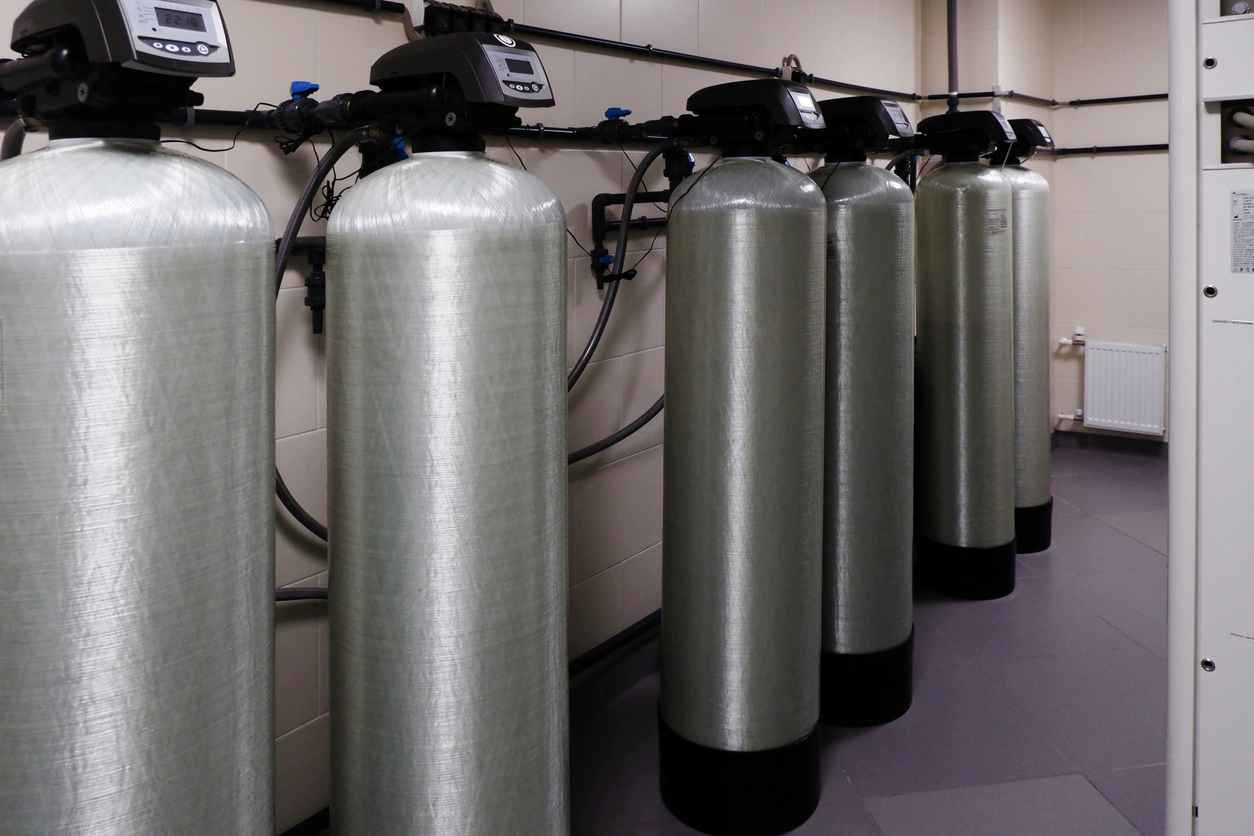
What Size Water Softener Do I Need?
September 20, 2023
Water is an essential element of our daily lives, flowing through our homes to nourish our bodies, keep our homes clean, and maintain our appliances. However, if you’ve ever noticed that your water leaves behind unsightly spots on dishes, dries out your skin and hair, or causes stubborn mineral buildup in your plumbing and appliances, you might be dealing with hard water. The culprit? Calcium and magnesium ions dissolved in your tap water, which can wreak havoc on your daily routines and the longevity of your appliances.
Fortunately, there’s a solution: a water softener. But before you rush to purchase one, a crucial question looms: What size water softener do you need? Choosing the right size for your specific needs is paramount to reaping the full benefits of a water softener while ensuring you don’t overspend on a system that’s larger than necessary. Superior Water & Air will be sharing everything you need to about water softeners, helping you understand the factors that influence size selection, deciphering your household’s water consumption patterns, and ultimately guiding you toward the perfect fit for your home.
What is a Water Softener?
A water softener is a household appliance designed to reduce the hardness of water by removing minerals, primarily calcium and magnesium ions. Hard water is a common issue in many regions, and it can lead to various problems. Water softeners work by a process called ion exchange, where they replace the calcium and magnesium ions in the water with sodium ions or potassium ions, depending on the type of salt used in the softener.
Here’s how a typical water softener works:
- Resin Tank: The core of a water softener is a resin tank filled with tiny resin beads, usually made of a polystyrene material that is specially treated to attract and hold onto calcium and magnesium ions.
- Brine Tank: Connected to the resin tank is a brine tank, which contains a concentrated salt solution. This brine is used to regenerate the resin beads in the resin tank.
- Ion Exchange: When hard water flows into the resin tank, the calcium and magnesium ions in the water stick to the resin beads while sodium or potassium ions are released into the water. This exchange effectively softens the water.
- Regeneration: Over time, the resin beads become saturated with calcium and magnesium ions and can no longer effectively soften the water. To regenerate the resin, the water softener goes through a process where it flushes the resin tank with the brine solution. This washes away the accumulated minerals and recharges the resin beads, making them ready to soften more water.
- Softened Water Output: The softened water is then distributed throughout the household, providing water that is free from the hardness minerals that can cause scale buildup on plumbing, appliances, and fixtures. Softened water can also improve the lathering of soap and detergents, reduce the occurrence of soap scum, and extend the lifespan of water-using appliances.
How Do I Determine What Size Water Softener I Need for My House?
Determining the right size water softener for your house is crucial to ensure it effectively addresses your hard water issues without being oversized or undersized. Here are the steps to help you determine the appropriate size:
Calculate Your Daily Water Usage
Start by estimating your household’s daily water consumption. You can do this by reviewing your water bills or using the average water usage guidelines:
- Low water usage: 50-75 gallons per person per day.
- Average water usage: 75-100 gallons per person per day.
- High water usage: Over 100 gallons per person per day.
Check Water Hardness
Determine the hardness of your water, usually measured in grains per gallon (GPG) or parts per million (PPM). You can obtain this information from your local water utility or by using a water hardness test kit available at most hardware stores.
Calculate the Grain Capacity
Multiply your daily water usage (in gallons) by the water hardness level (in GPG or PPM). This will give you the daily grain capacity needed for your household.
For example, if your household uses 250 gallons of water per day and your water has a hardness level of 10 GPG. Daily Grain Capacity = 250 gallons x 10 GPG = 2,500 grains per day.
Factor in Regeneration Frequency
Consider how often you want your water softener to regenerate. This depends on the specific model and your preferences. Some systems regenerate daily, while others do it less frequently. Calculate the weekly or monthly grain capacity by multiplying your daily grain capacity by the number of days between regenerations.
Select a Water Softener Size
Look for a water softener with a capacity that matches or slightly exceeds your calculated daily grain capacity or your desired regeneration frequency. It’s generally a good idea to go slightly larger to accommodate variations in water usage.
Consider Your Space and Budget
Ensure that the selected water softener fits within your available space and budget constraints. Some larger units may require more space and a larger upfront investment.
Consult a Professional
If you’re uncertain about your calculations or have specific water quality issues, it’s advisable to consult a water treatment professional. They can conduct a water test, analyze your needs, and recommend the most suitable water softener for your home.
Water Treatment Services in Utah and Idaho
In Utah and Idaho, where hard water is a common concern, Superior Water & Air stands as a beacon of expertise and reliability in the world of water treatment services. Whether you reside in a bustling household with high water usage or a more modest one, our team can help you calculate your daily grain capacity, assess your water hardness levels, and recommend the ideal water softener size that aligns with your specific requirements. Contact us today to learn more about our water treatment services.
Recent News
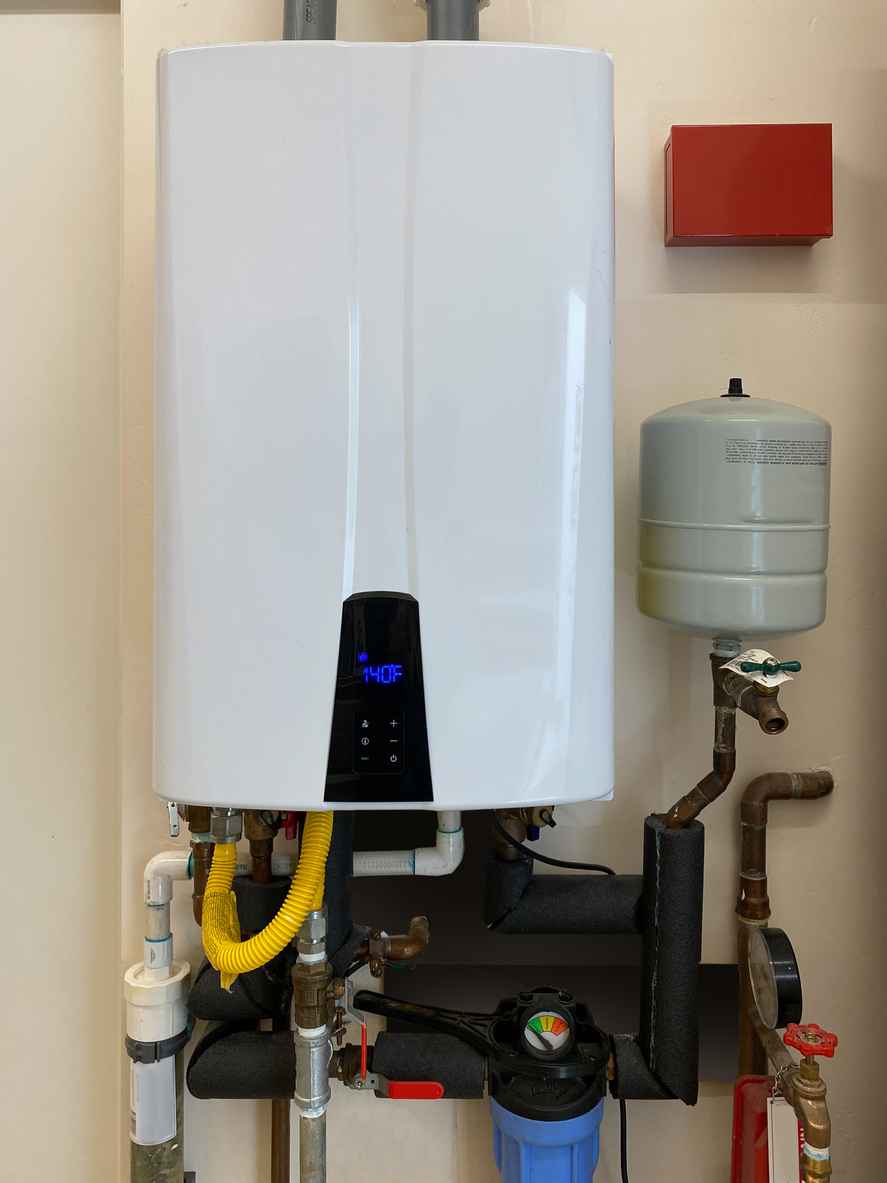
How Do Tankless Water Heaters Work?
March 19, 2024
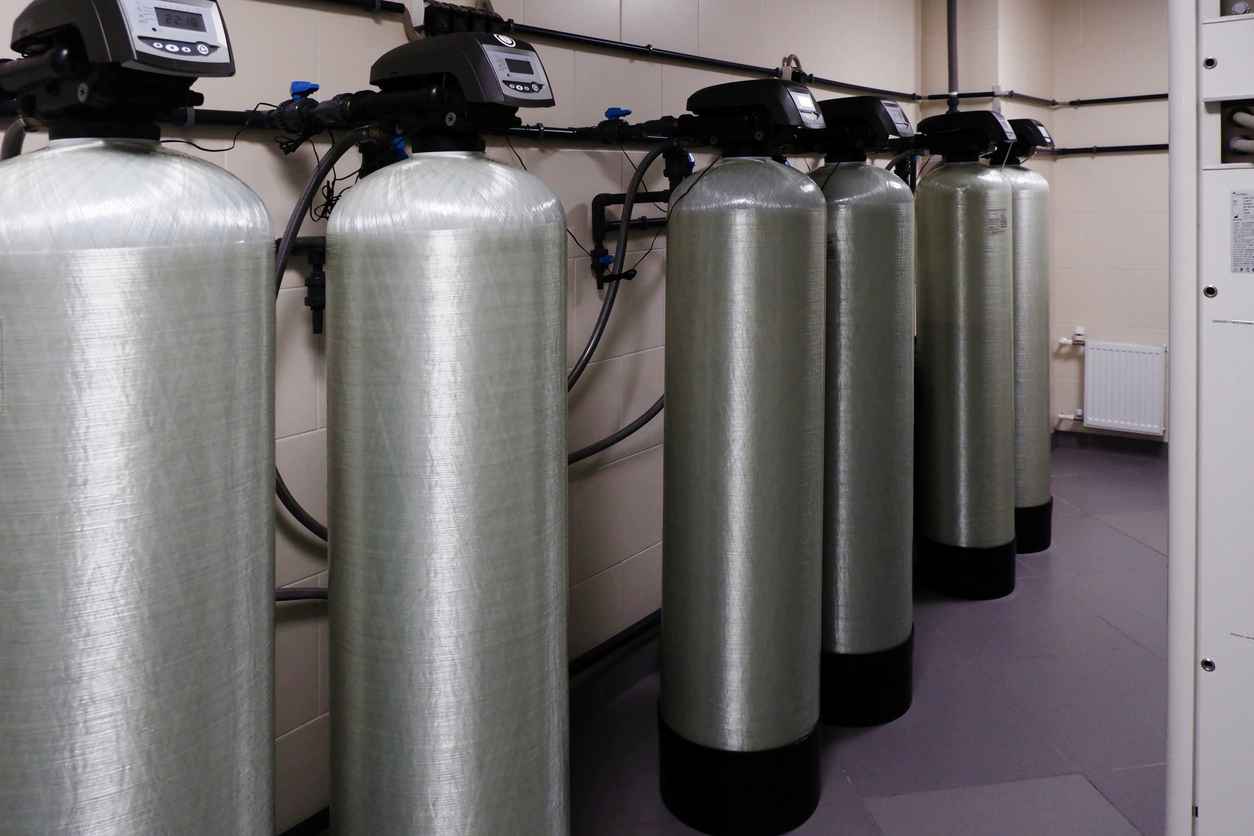
How Much Is a Water Softener?
March 5, 2024
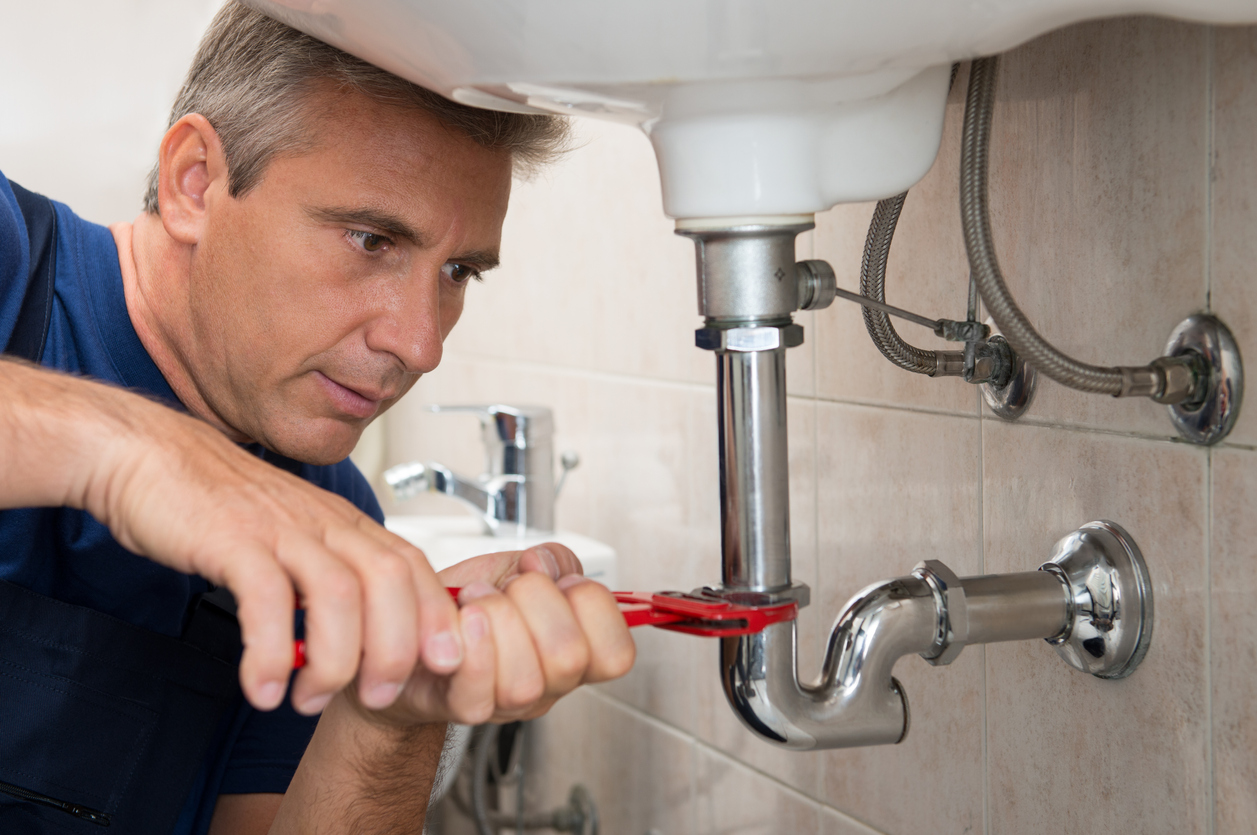
How to Fix Leaky Pipes Under Kitchen Sink
February 22, 2024
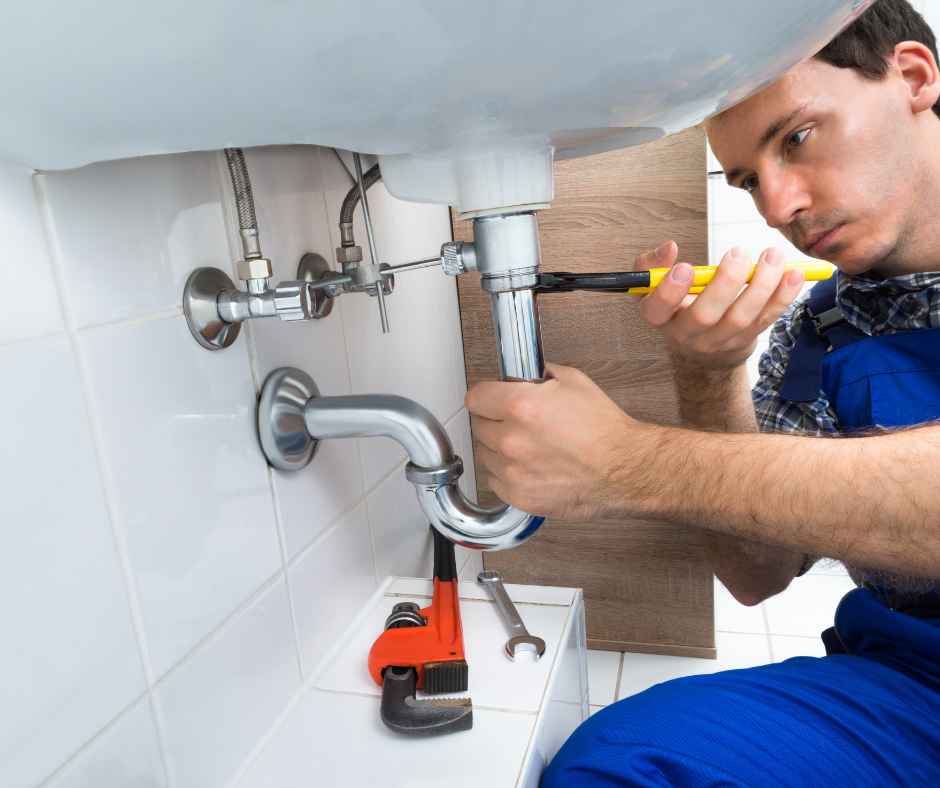
How Much Does Emergency Plumbing Cost?
February 8, 2024
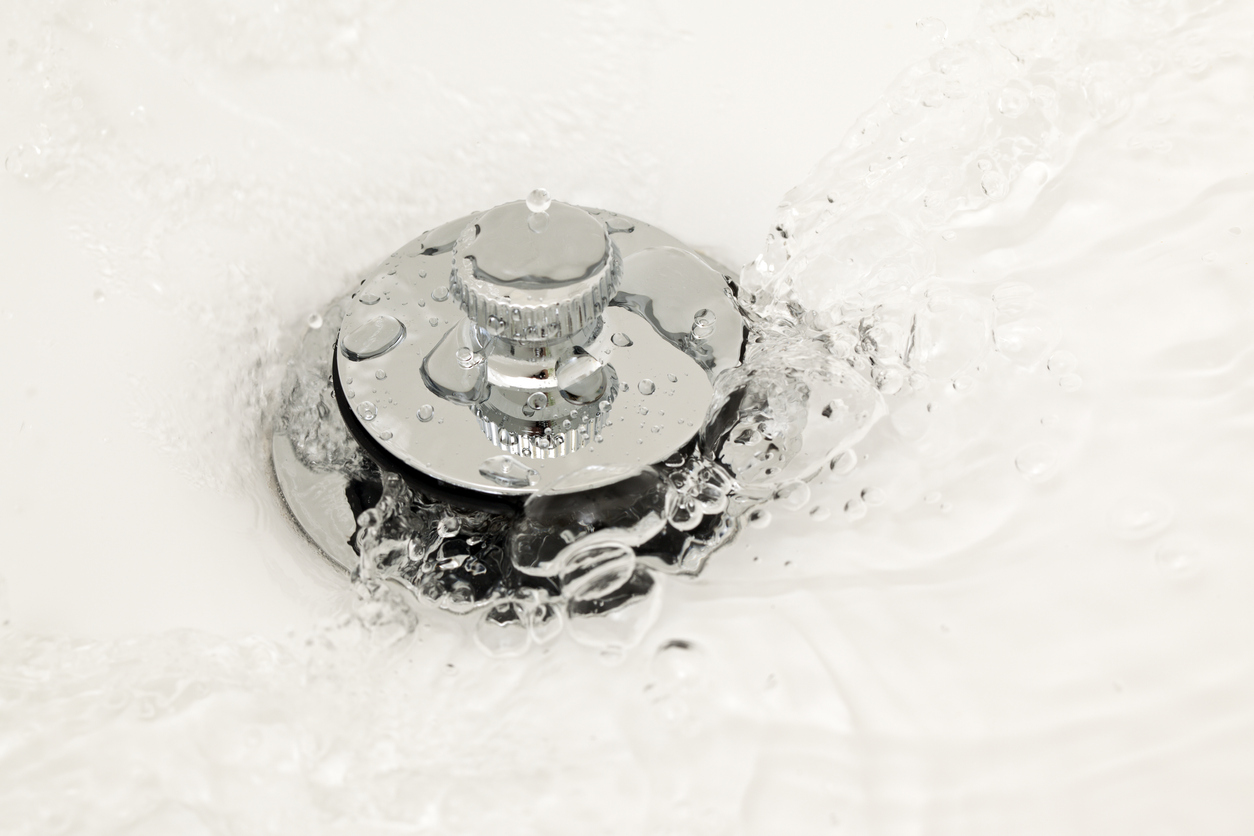
How to Unclog a Bathtub Drain
January 16, 2024
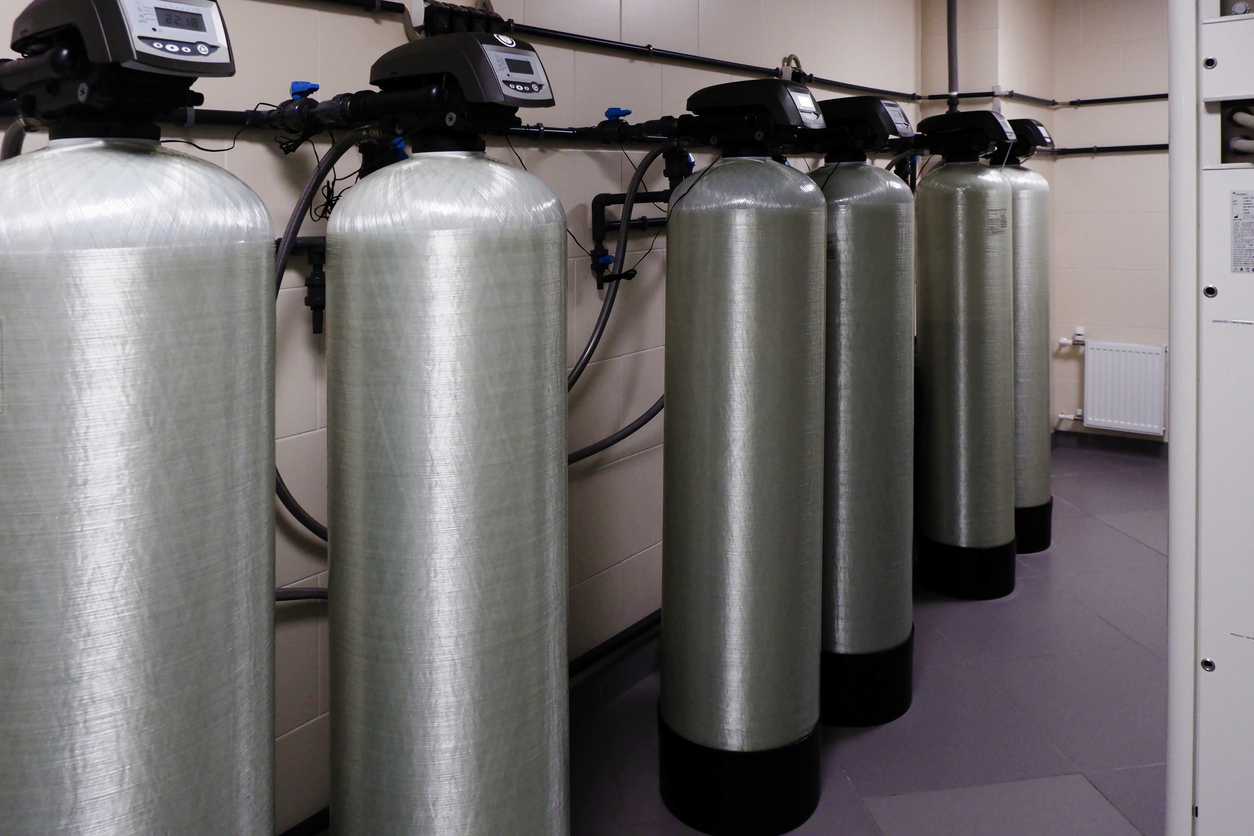
How Much Is a Water Softener?
January 9, 2024
